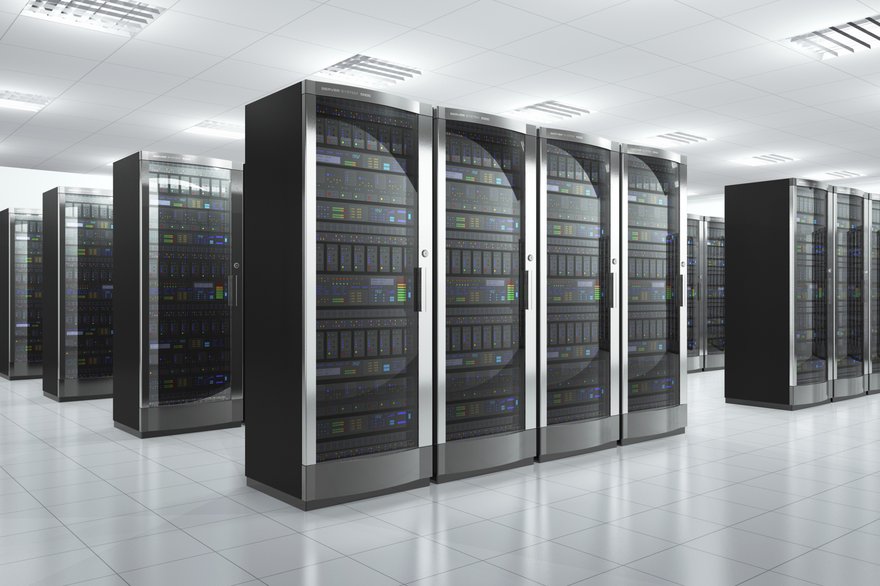Cloud computing vendor SIOS Technology said data centers are facing problems running high availability (HA) and disaster recovery (DR) on SQL Server systems.
It conducted a study that found operators face escalating costs of software licenses and with storing and managing the databases.
The service provider, which polled 191 IT staff, found that improving SQL server performance is a priority for nearly half the industry - 43%.
But finding mondy for such upgrades could be a problem, with a majority of respondents saying they also have unexpected budget problems.
The main challenges in providing HA and DR for SQL were found to be the rising cost of SQL licensing (experienced by 71% of users), the rising cost of SAN storage (68%) and SAN configuration limitations (69%).
“Shared storage presents its own set of costs and challenges because SANs are costly to administer,” SIOS COO Jerry Melnick said.
“It also has a negative impact on SQL server performance.”
Barry Morris CEO of cloud-oriented database vendor NuoDB, however, said SQL databases have no place in the modern data center now that cloud computing is pervasive.
“Configuring traditional SQL database systems for high availability and disaster recovery is like asking Usain Bolt to run a three-legged race,” Morris said.
“It’s not that he can’t do it or that there wouldn’t be some benefit, but there are better and cheaper solutions to any problem that would be addressed by the idea.”
He said it’s pointless adapting a database designed for a facility that existed in isolation when data centers are becoming “cloudified”.
“You can’t really get here from there,” Morris said.
“High availability should be in the DNA of a database management system, not add-on features. The 1980s databases were designed for single server scale-up deployment.
“In our world customers run multi-datacenter databases on dozens of machines with sub-millisecond SQL query latency and instant failover between machines and data centers”.

